
10 Surprising Sports Once Featured in the Olympics
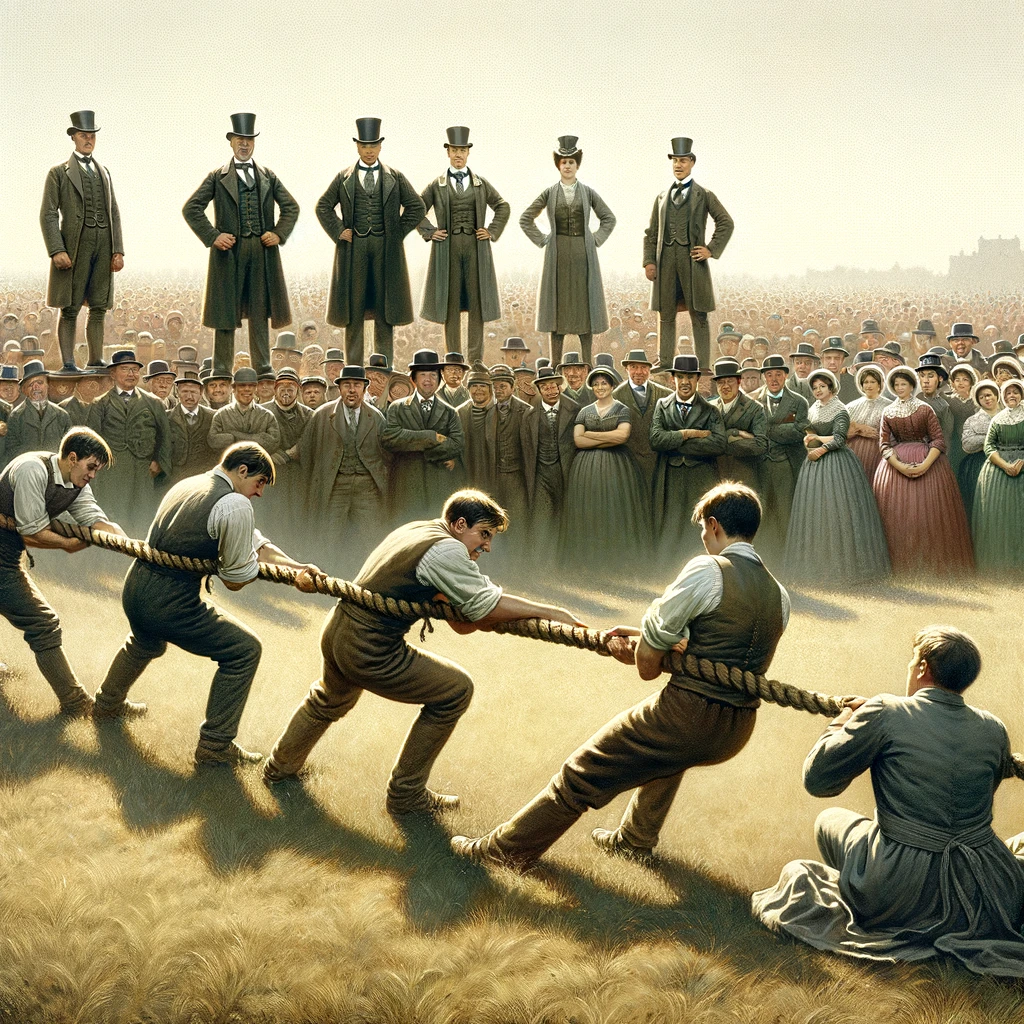 1. Tug of War (1900-1920)
1. Tug of War (1900-1920)Once a serious Olympic competition, tug of war challenged teams of eight to demonstrate their combined strength and teamwork. This sport, often associated with casual outdoor games and school sports days, had a stint in the early 20th-century Olympics. It was part of the Games from 1900 to 1920, pitting countries against each other in a literal pull for victory.
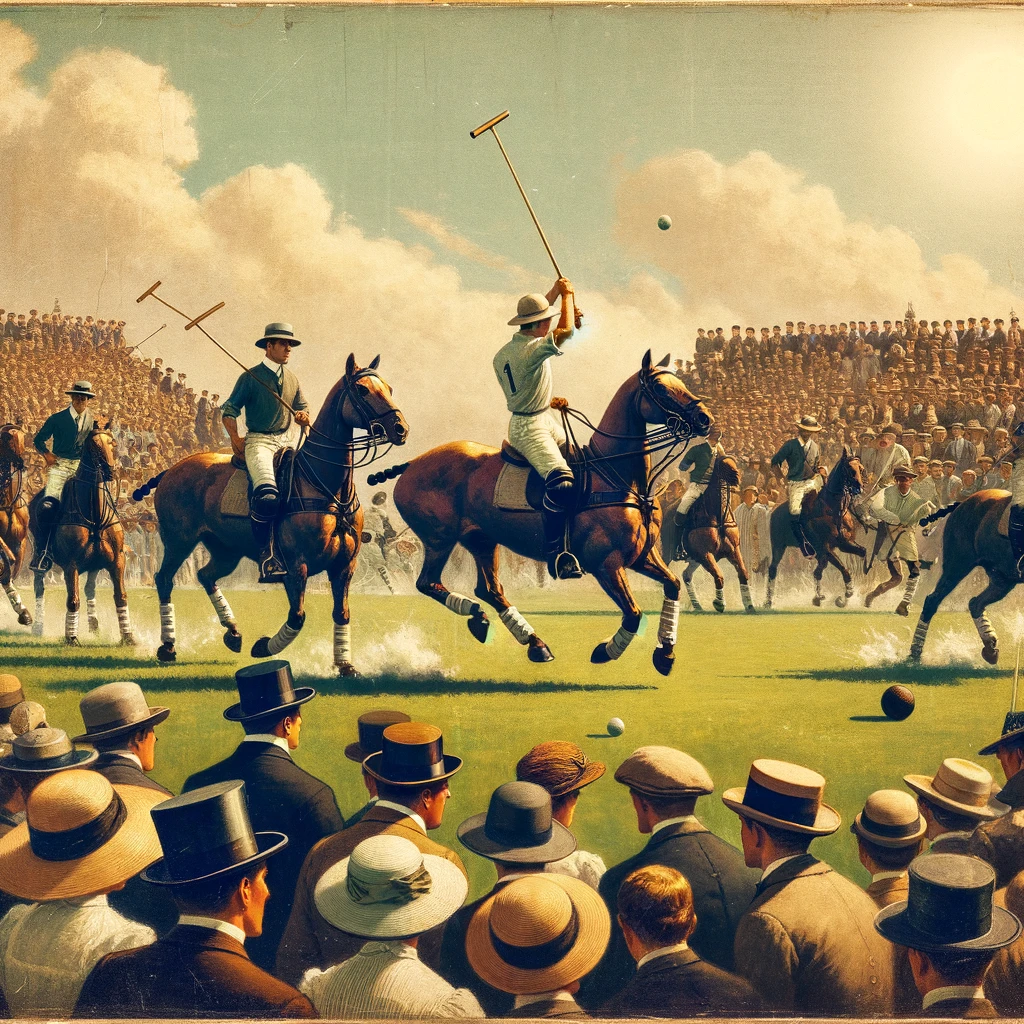 2. Polo (1900, 1908, 1920, 1924, 1936)
2. Polo (1900, 1908, 1920, 1924, 1936)Polo, known as the sport of kings, made several appearances in the Olympic Games. Teams on horseback would vie for control of a small ball, aiming to score goals with their mallets. The sport's Olympic history spanned from 1900 to 1936, with intermittent appearances, highlighting the global appeal of equestrian sports.
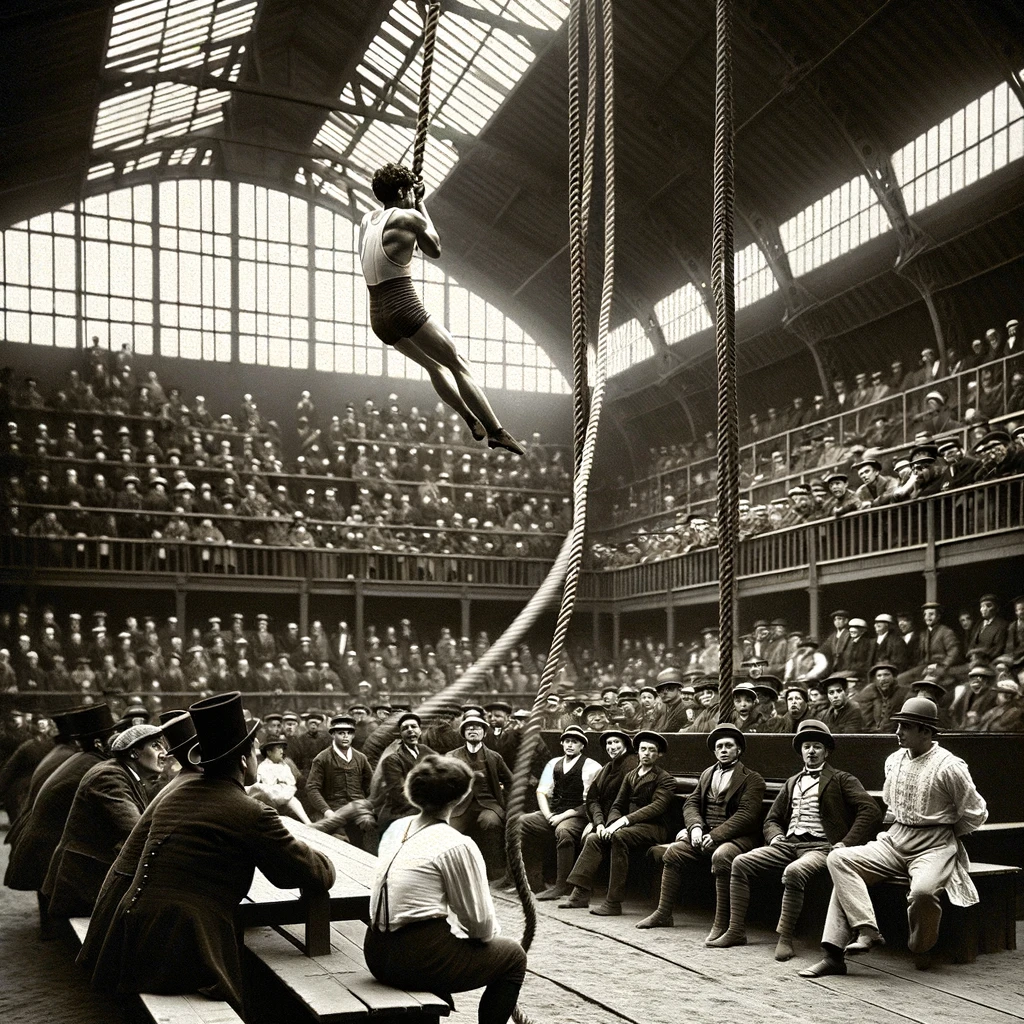 3. Rope Climbing (1896, 1904, 1906, 1924)
3. Rope Climbing (1896, 1904, 1906, 1924)Rope climbing was part of the gymnastics program in the early Olympics. Athletes competed to climb a suspended rope in the shortest time, using only their hands or a combination of hands and feet. This test of upper body strength and agility was last included in the 1924 Olympics.
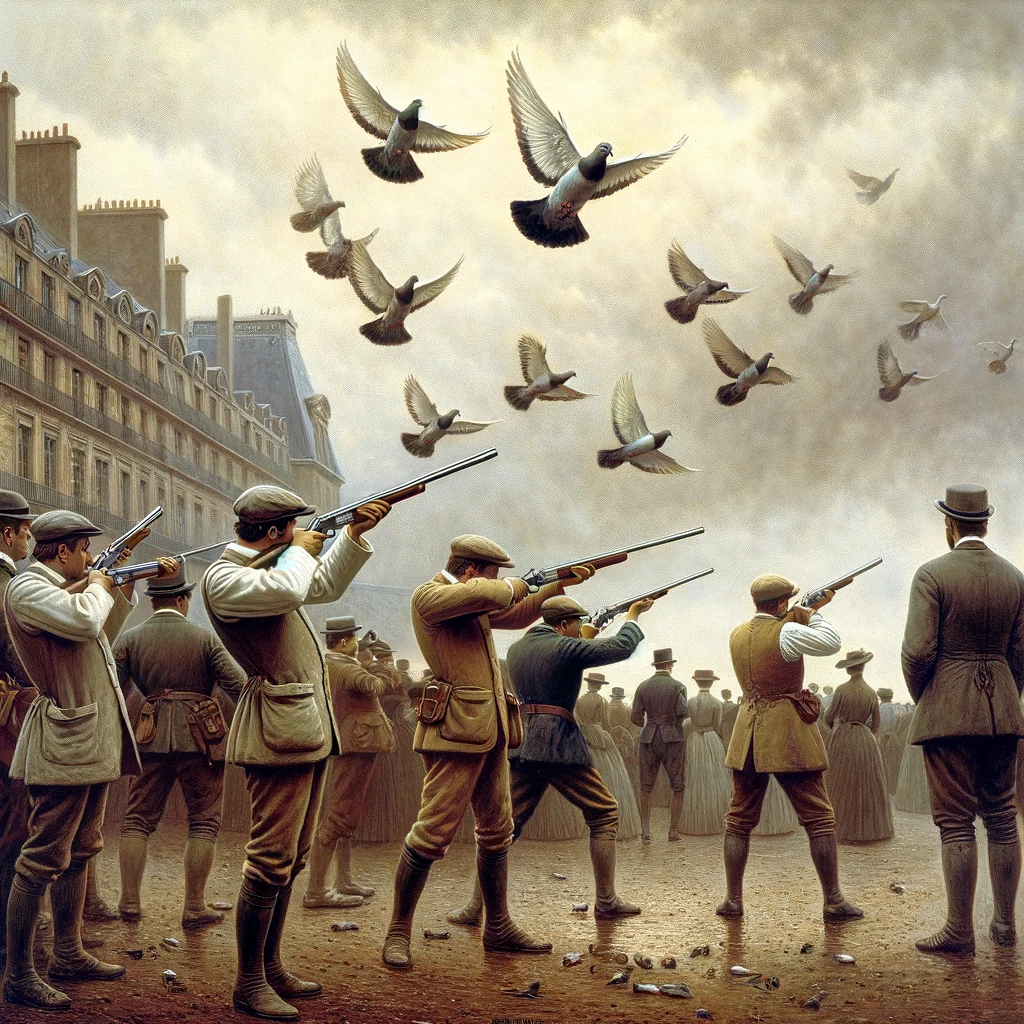 4. Live Pigeon Shooting (1900)
4. Live Pigeon Shooting (1900)The 1900 Paris Olympics featured one of the most controversial sports in Olympic history: live pigeon shooting. Competitors were tasked with shooting as many live pigeons as possible, with the winner being the one who hit the most birds. Due to its nature, it was the first and last time the sport was included in the Olympics.
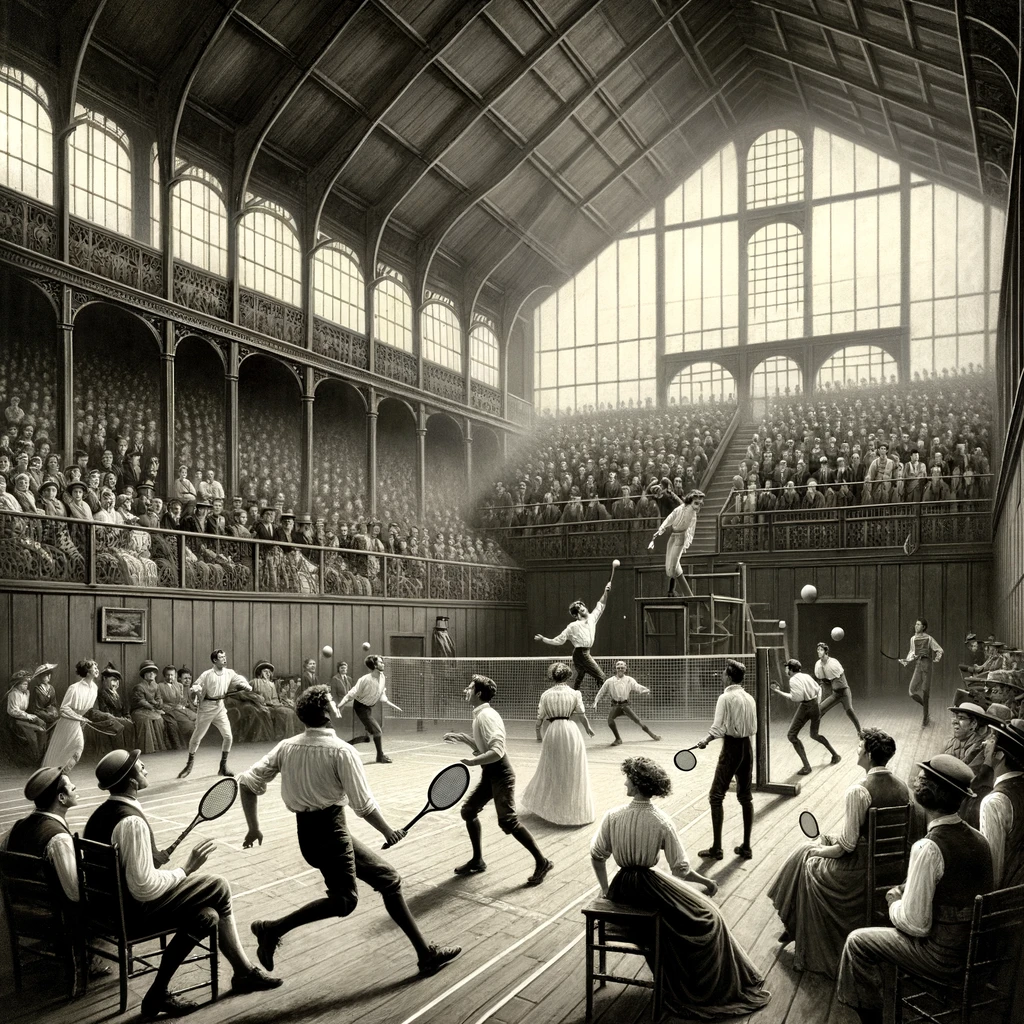 5. Jeu de Paume (1908)
5. Jeu de Paume (1908)Jeu de Paume, an early form of tennis also known as real tennis, was included in the 1908 London Olympics. Unlike modern tennis, Jeu de Paume is played in a walled court and has different rules and equipment. Its inclusion in the Olympics was a nod to the sport's historical significance.
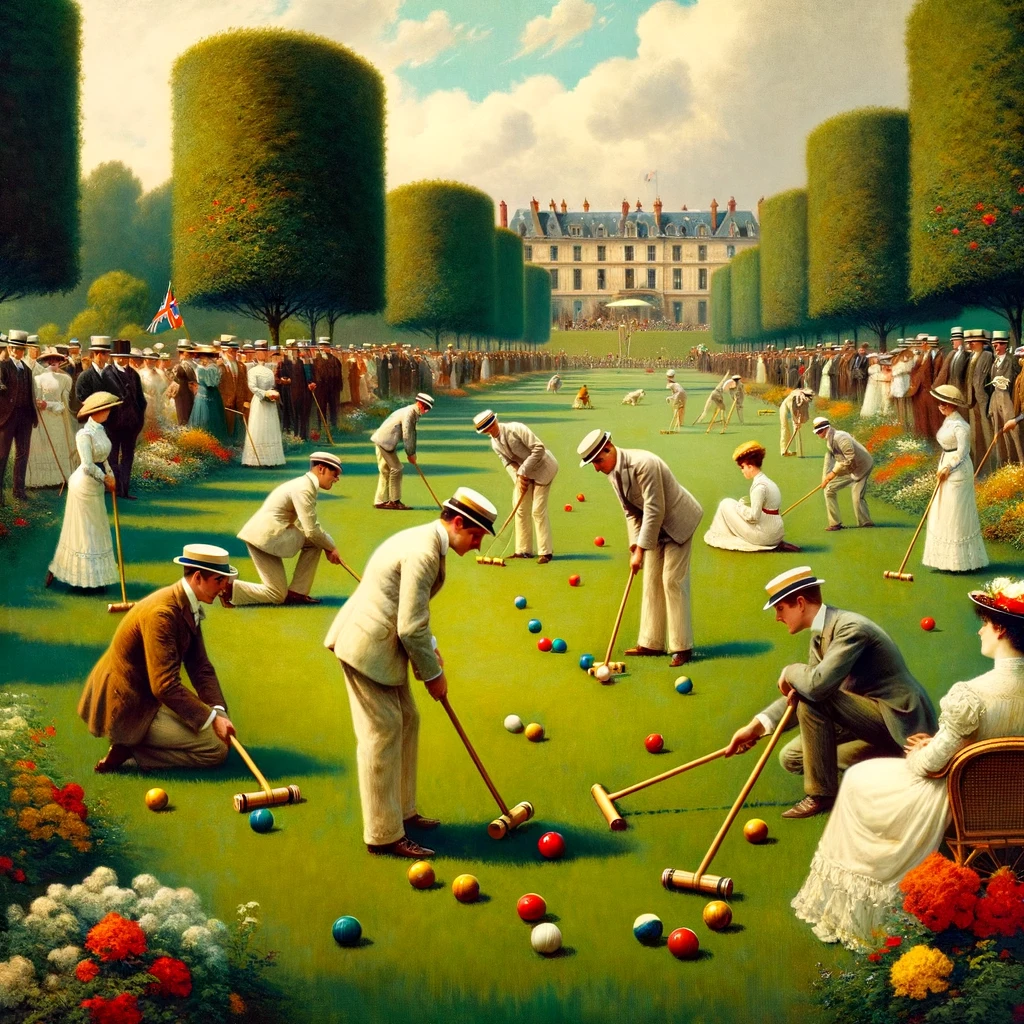 6. Croquet (1900)
6. Croquet (1900)Croquet made its only Olympic appearance at the 1900 Paris Games. This leisurely lawn game, known for its tactical play and precision, was part of a diverse sports lineup. Its inclusion reflected the experimental nature of the early modern Olympics.
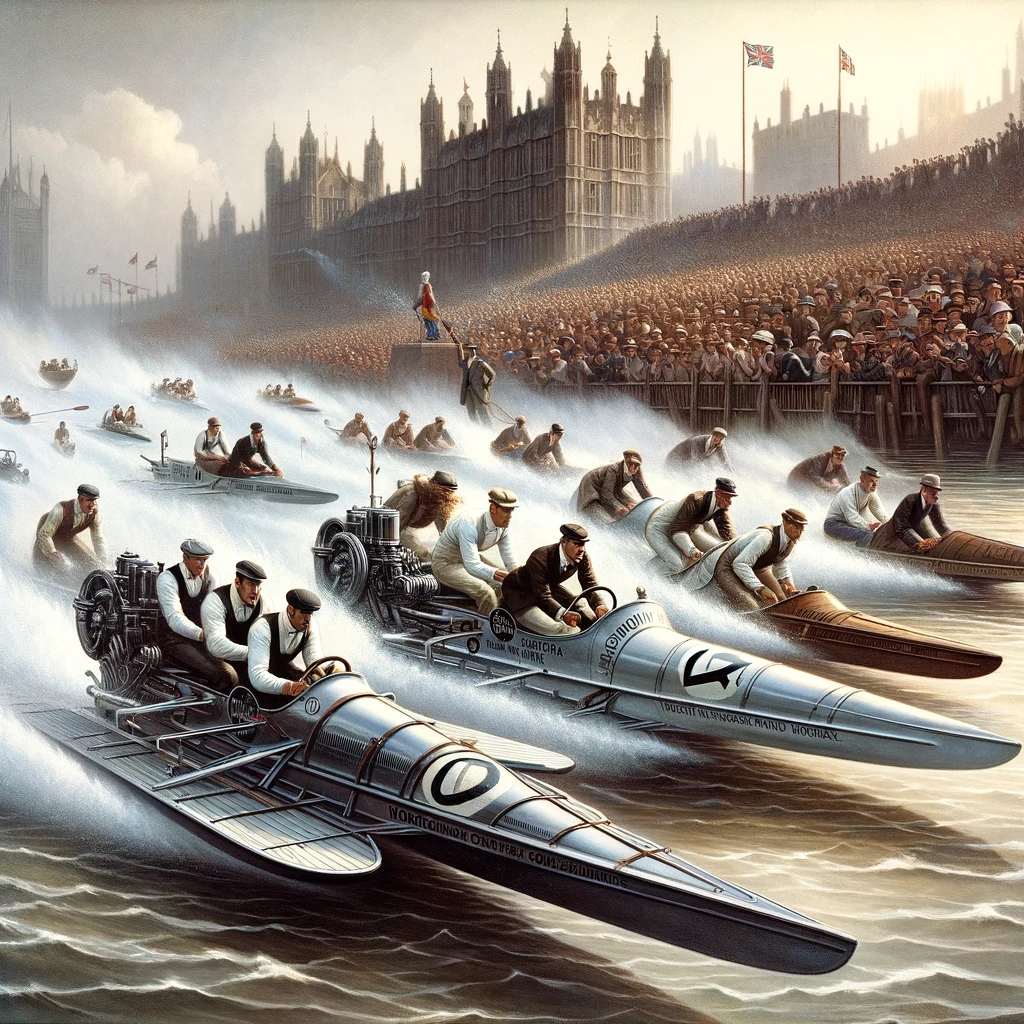 7. Motor Boating (1908)
7. Motor Boating (1908)The 1908 London Olympics featured motor boating as a demonstration sport. Competitors raced over water in motor-powered boats, a testament to the technological advancements of the time. However, the sport did not continue in subsequent Games due to its dependence on mechanical propulsion rather than athletic skill.
 8. Lacrosse (1904, 1908)
8. Lacrosse (1904, 1908)Lacrosse, a team sport indigenous to North American First Nations, was featured in the 1904 and 1908 Olympics. Teams use a small ball and a long-handled stick with a net to catch, carry, and pass the ball, aiming to score goals. Its inclusion highlighted the cultural diversity of sports and the Games' capacity for international unity.
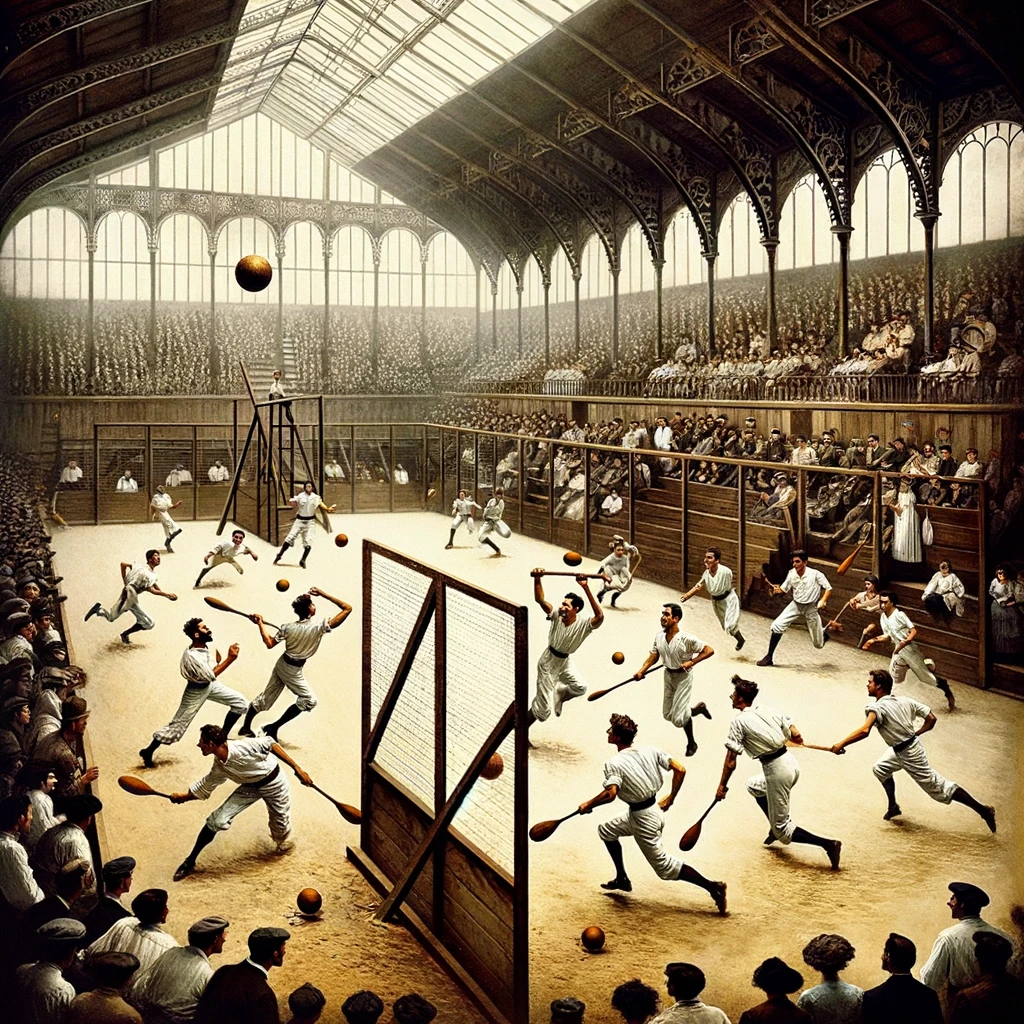 9. Basque Pelota (1900, 1924, 1968, 1992)
9. Basque Pelota (1900, 1924, 1968, 1992)Basque Pelota, a fast-paced court game originating from the Basque region, has made sporadic appearances in the Olympics. The sport involves players using a hand, racket, wooden bat, or basket to hit a ball against a wall. It was featured in the 1900 Paris Olympics and later as a demonstration sport in 1924, 1968, and 1992. Its inclusion reflects the cultural richness and variety of sports enjoyed around the world.
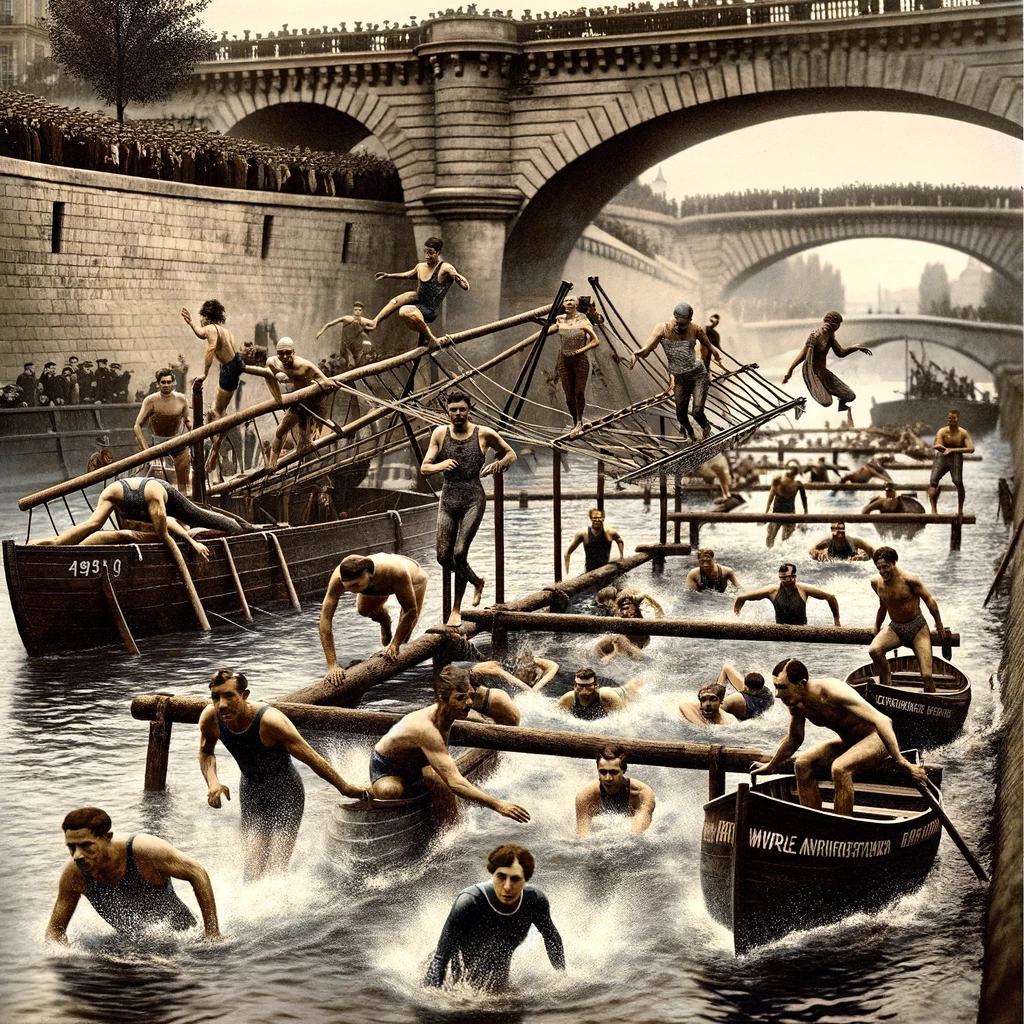 10. Obstacle Course Swimming (1900)
10. Obstacle Course Swimming (1900)In the 1900 Paris Olympics, swimming took an adventurous turn with the obstacle course swimming event. Competitors had to navigate over and under various obstacles while swimming across the Seine River. This unique challenge combined speed, agility, and adaptability, pushing athletes to showcase their swimming skills in an unconventional manner.
Advertisements


